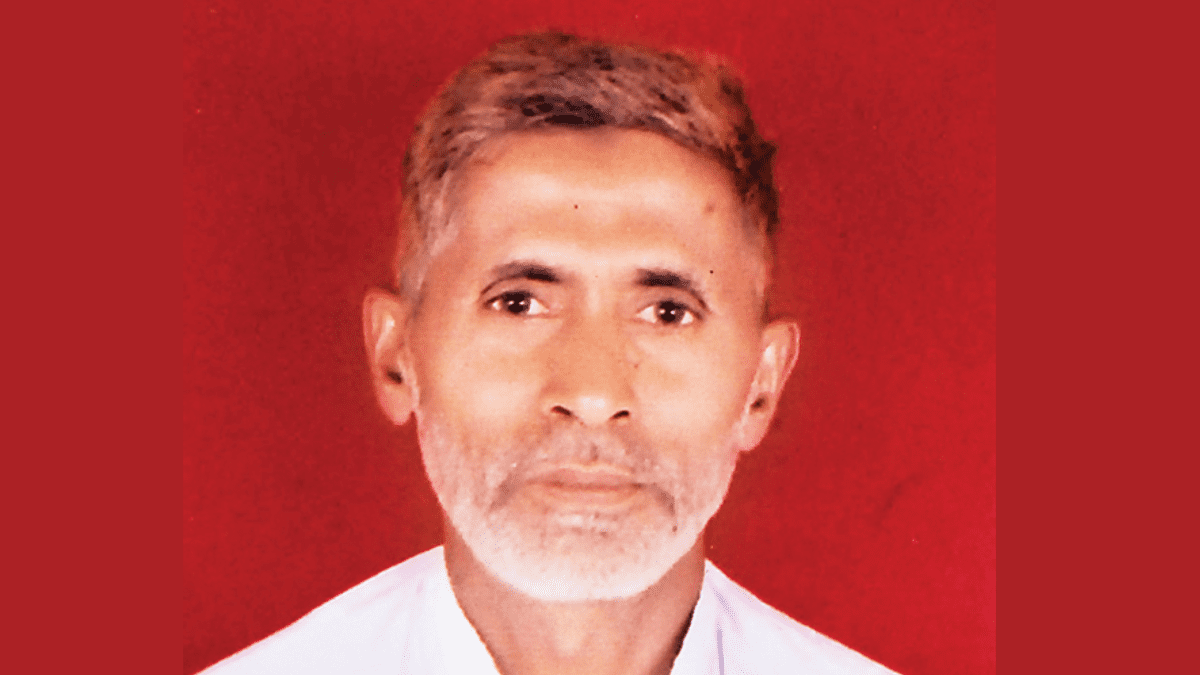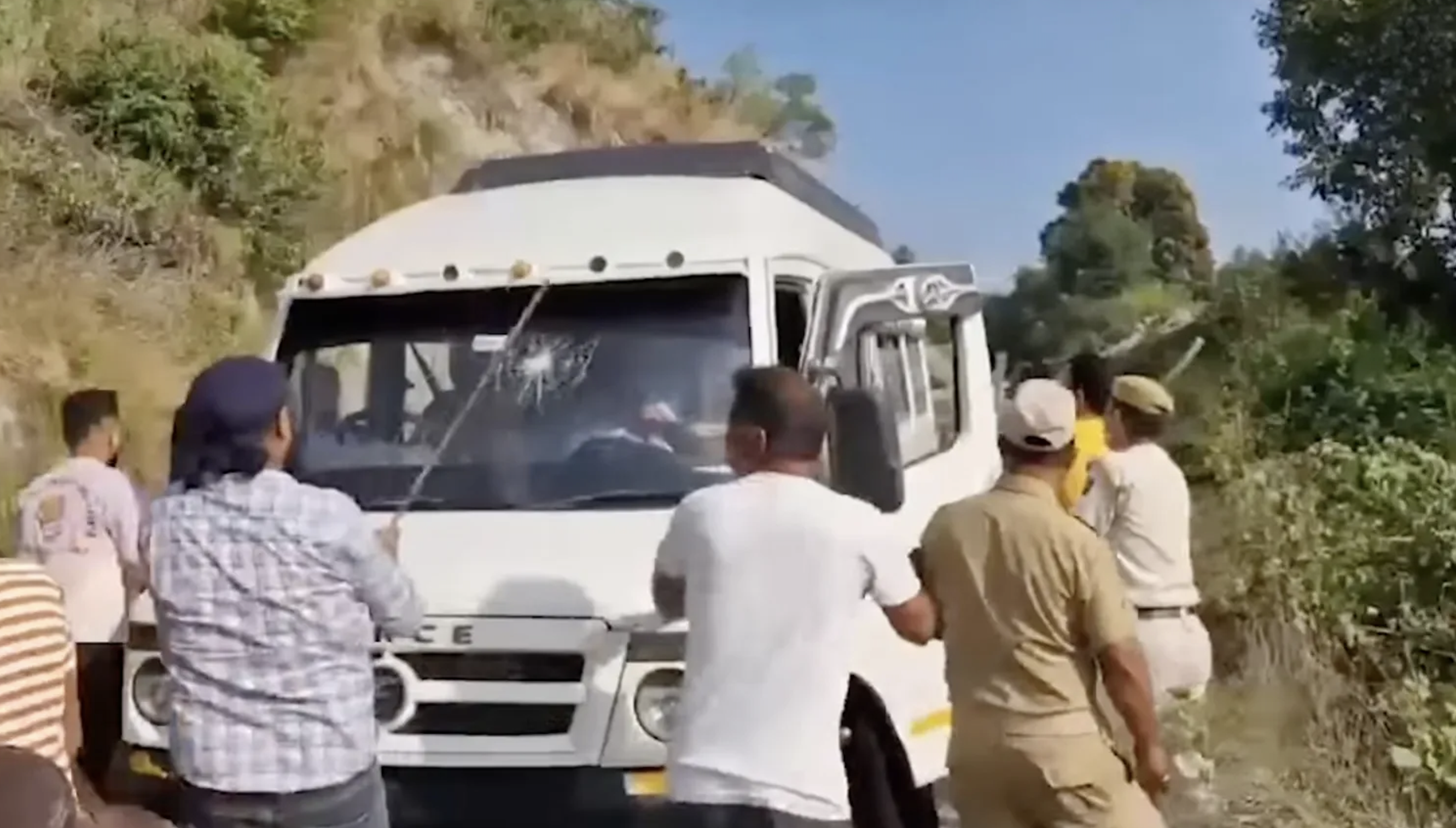
On August 8, the Sunday preceding Independence Day, Prime Minister Narendra Modi paid tribute to Mohandas Gandhi and those who participated in the Quit India movement. The prime minister was observing the 79th anniversary of the Quit India movement. With his usual rhetorical flourish, he said that the spirit of the movement had reverberated across India and energised the youth of the country.
So much for the lip service paid to a man considered the apostle of non- violent protest. For on the same day, another gathering was taking place in Central Delhi’s Jantar Mantar, the designated site for protests, which is actually a 15-minute walk from India’s Parliament, which is currently in session. In broad daylight, with complete confidence and quite fearlessly, a group gathered there chanted slogans that basically said that Muslims would be cut down and as that happens they will shriek “Ram Ram”. If Muslims wish to live in India, they must shout Jai Shri Ram.
Even by the standards of hate speech we have all become used to, this was chilling stuff. The daily din of abuse against the world’s third-largest Muslim population, was being taken a notch higher. This was nothing short of genocidal language and it was happening a short distance away from the offices of the prime minister and the entire council of ministers that had taken their oath on the Indian Constitution.
‘Unite India Movement’
The hate-mongers were confident that they were on the right side of power and the law. Even if some token arrests are made, if we go by recent precedent, they will be off in no time. After all, the rally at Jantar Mantar was called by a former Delhi Bharatiya Janata Party spokesperson Ashwini Upadhyay who also practices in the Supreme Court. He summoned this gathering under the platform that he called “Unite India Movement”.
It’s dystopian and scary – and happening before our eyes.
Naturally, the “Unite India Movement” are distancing themselves from the slogans, and a spokesperson for this platform was quoted in a national daily as saying if a few people out of the 5,000-strong crowd shouted such slogans, “then we disassociate from them”. Upadhyay’s Twitter id is @ashwiniBJP and it’s hard for the ruling party to prove that such blatant calls to slaughter Muslims have not come out of their own eco-system.
So confident were the hate mongers of their might that there is recorded footage of them trying to coerce a journalist Anmol Pritam to say Jai Shri Ram. Kudos to the journalist, who works for a YouTube channel called National Dastak, for standing up to the crowd. He later wrote in Hindi: “Have not bent before hatred and will not do so in the future.”
Tragically, others will or be complicit in their silence. These “slaughter the Muslim” war cries have been chanted in an already-wounded city that witnessed vicious communal riots in North East Delhi in late February 2020. At that time, in the backdrop of the protests against the Citizenship Amendment Act and the Delhi assembly elections, there was a targeted campaign by BJP leaders who repeated slogans such as “shoot the anti-nationals”, implying Muslims.
While several Muslim youth languish in jail in dubious cases related to the Delhi violence, nothing has happened to those who used such hate speech. On the contrary, some of them have advanced in their political careers. A judge who issued orders that FIRs be framed against two BJP leaders was transferred out of the Delhi High Court and the FIRs never filed.
After all, mobilising against Muslims is the template for growth, so why would a few individuals who cross some boundaries be punished? Such politics determines the collective institutional silence around hate crimes and speech and that in turn gives tacit consent to it.
The scale of the violence in 2020 can also be estimated from the fact that in the national capital during the riots, 14 mosques were looted, burnt or vandalised. Beyond the death, loot and destruction, Muslims saw it very clearly as an attack on their faith.
Therefore, there is fear among minorities. From Mustafabad, in the north east part of the city, I received a call from a riot survivor whose home and workshop were burnt down in the 2020 violence. He had just resurrected some of his life and is getting some work again. But videos of the hate speech in Delhi had circulated, so he asked on the morning after the Jantar Mantar video made it to his WhatsApp group: should we pack up and go away again? Where to, I ask, Uttar Pradesh?
In the part of the city where I live not far from the Qutub Minar, there are a few madarsas where students have just started to return in small numbers after the lockdown. During my morning walk, I ran into one of the employees who mentioned the video to me and said, shall we send the children back? Most of the children at such institutions are orphans or from very poor working families. They are not getting a perfect education but they are children. I had no reply. Just be careful, I said.
I must conclude that as Independence Day draws near, I am ashamed for my country. I am glad my grandparents, committed to the Indian national movement, so idealistic about what India represents, are gone and do not have to live through these ugly episodes, frame by frame, showing us the belly of the beast.
In spite of all the hate, the threats, the FIR, I am not afraid for myself but for the many vulnerable people who come into the path of these frenzied hate mobs. Watch the videos and you will know what hate looks like.
Veteran journalist Saba Naqvi is the author most recently of Shades of Saffron: from Vajpayee to Modi.
This story first appeared on scroll.in





